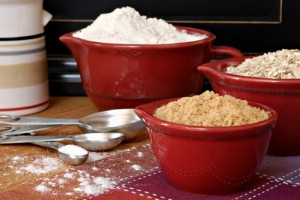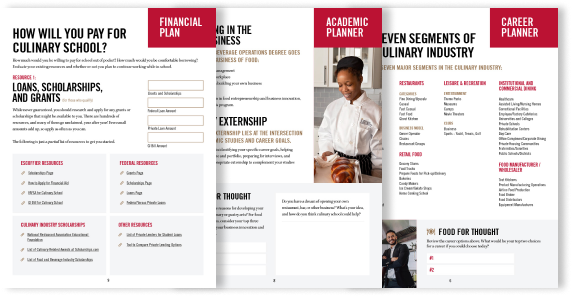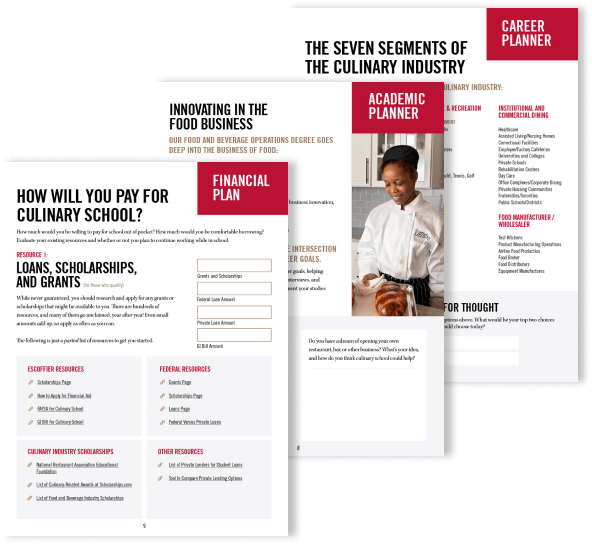The Basics: The Correct Way To Measure
 Whether you’re baking a cake or making garam masala, you’ll have to measure your ingredients. Believe it or not, there is a right and wrong way to measure and depending on what you’re cooking or baking, and the consequences could be as huge as a crumbly dough. As you practice for your online baking certificate, be sure you’re getting your ratios just right. Here’s how:
Whether you’re baking a cake or making garam masala, you’ll have to measure your ingredients. Believe it or not, there is a right and wrong way to measure and depending on what you’re cooking or baking, and the consequences could be as huge as a crumbly dough. As you practice for your online baking certificate, be sure you’re getting your ratios just right. Here’s how:
Glass measuring cup
A spouted glass measuring cup is best for getting the right amount of liquid. They come in a variety of shapes and sizes to accommodate a small or large amount of liquid. When you measure, place the cup on a level surface. Next, pour the liquid until you are at or near the desired line. Bend down so that you are eye-level with the measurement you hope to achieve – this gives you the most accurate reading possible. Finally, pour out or add more liquid until you’ve gotten the proper amount for your recipe.
Dry measuring cup
A dry measuring cup is meant to assess the amount of ingredient you have, such as flour or sugar. These tools come in varying sizes that each hold a different amount (i.e. one-fourth cup, one-third cup, one-half cup, etc.). Choose the utensil you need for your recipe and scoop up the ingredient. Next, use a flat tool, such as the back of the knife, to scrape away any excess flour (whatever you have) so that the surface of the cup is level.
Depending on the recipe, you may be required to use a certain amount not available in a cup form. Simply combine units of measurement. For example, if you need 1 and 1/4 cups of flour, you’ll use the one cup and one-fourth cup tools (two utensils in all).
Measuring spoons
These utensils can be used for a small amount of either wet or dry ingredients. When you scoop out flour, for example, be sure to level the top the way you would with a measuring cup. Liquid ingredients should be poured into the spoon until they are about to spill, which creates a little bubble at the top.
Ingredient measuring tips
Ingredients all behave in their own way, which could mess with the accuracy of your measurements. Use these tips to get your dough, batter, etc., just right:
Flour: Some recipes that use flour require you to sift it before adding it to other ingredients. If that’s the case, measure an approximate amount, sift and then take a more accurate measurement of the sifted flour. The process can alter the density, so it’s important that the sifting be done first.
Brown sugar: Brown sugar is made from mixing white granulated sugar with molasses. It’s a dense material that needs to be measured with care. Pack it down into your measuring cup to compensate for the added volume caused by the molasses.
Sticky liquids: Some liquids are sticky and cling to the side of your measuring cup, which can mess up the ratio in your batter. If you need molasses, honey or any other sticky liquid, coat the inside of your glass measuring cup with non-stick spray or a thin layer of butter.
Online Culinary School Planner & Checklist
Online Culinary School Planner & Checklist
Find out what a culinary education can do for you.

What might a career in the culinary or pastry arts look like for you? Online culinary school is a fast, affordable way to launch a career in the culinary or pastry arts. Get the workbook to see how it could help you.







Recent Comments